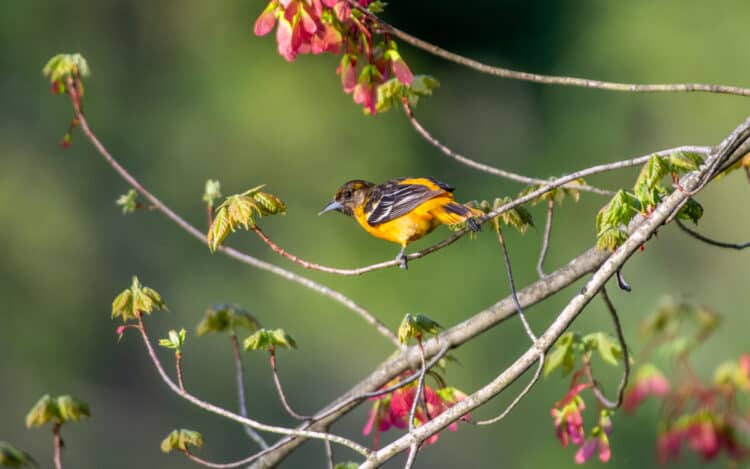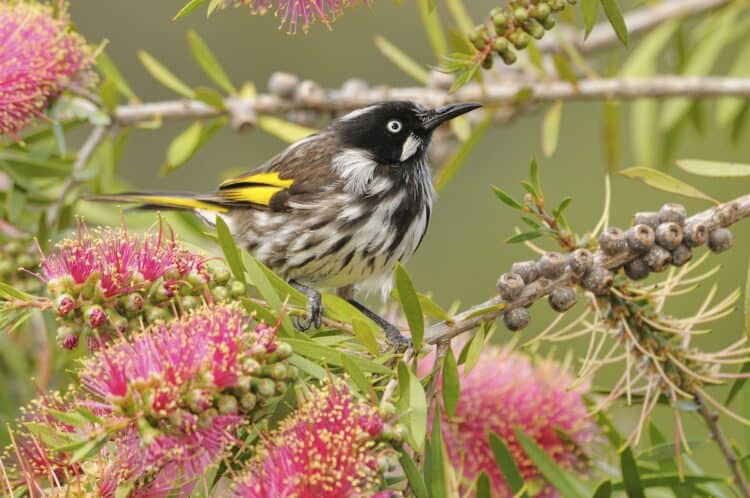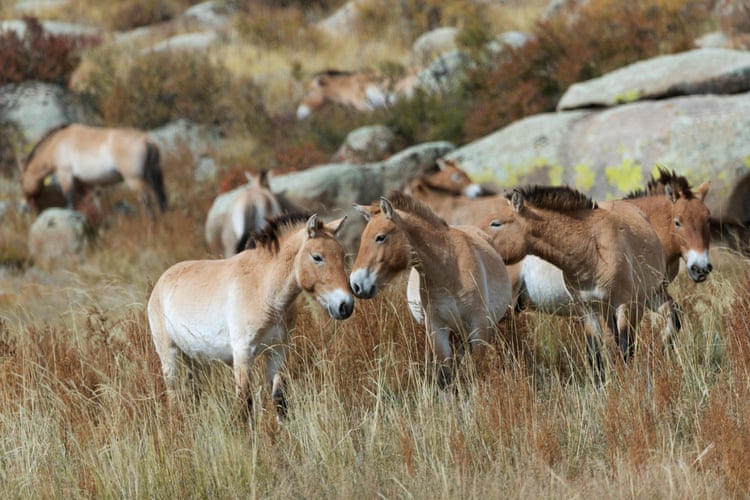It’s the most dramatic bird decline ever recorded – faster even than those that robbed our planet of the Passenger Pigeon Ectopistes migratorius or the Dodo Raphus cucullatus.
Since the 1990s, a staggering 99% of the vulture population in Asia have disappeared – a drop from several million to just a few thousand.
As a result of these steep declines, four species of Asian vulture – White-rumped Vulture Gyps bengalensis, Red-headed Vulture Sarcogyps calvus, Slender-billed Vulture Gyps tenuirostris and Indian Vulture Gyps indicus – are now assessed as being Critically Endangered – the highest threat category of all, and a status that indicates that if we do not continue to act, they will disappear from Asia’s skies within our lifetimes.
 Red-headed Vulture © Shutterstock
Red-headed Vulture © Shutterstock
The main driver for the decline of vultures on the Indian subcontinent is well-publicised – the use of the veterinary drug Diclofenac to control pain and muscle fatigue in sick and aging cattle. Unfortunately, the drug proved lethal to vultures, who were unwittingly killed in large numbers in South Asia when they feasted on the poisoned carcasses of cattle who were left out in the open to die by herders.
Fortunately, the use of Diclofenac is now banned in India, Nepal and Pakistan, and thanks to the introduction of initiatives such as Safe Zones (areas in which threats are controlled within a 100kn radius, allowing viable populations to develop), vulture numbers are now finally stabilising on the Indian subcontinent. But why have vultures all but disappeared from other parts of Asia where Diclofenac isn’t an issue – as just as importantly, can we bring them back?

In Thailand, as in other parts of South-East Asia, Diclofenac isn’t an issue for vultures. Although the drug is widely available in pharmacies, it comes in cream and tablet forms, and is intended for human use – not for cattle. Despite this, the situation for vultures is even worse than it is in India – although two migratory species Cinereous Vulture Aegypius monachus and Himalayan Griffon Gyps himalayensis, can still be spotted every winter, all three of the species that were once resident in the country (Red-headed Vulture White-rumped Vulture and Slender-billed Vulture) are now extinct in Thailand.
Of the three, the Red-headed Vulture was the most abundant and could be found right in the center of Bangkok until the late 1960s-early 1970s, when burials were not widely practiced and dead bodies were left in the open waiting to be burned. A cholera outbreak in Bangkok in the 19th Century is immortalised by sculptures of vultures feeding on corpses at the Golden Mountain (Wat Saket), which are still standing for us to see today even if the birds themselves are not. Vultures took advantage of the dead bodies until the modernization of the country in the 20th Century. With cemeteries now becoming normal practice, vultures have struggled in the face of the reduced food availability.
Hunting, poaching and habitat destruction are also major issues for vultures in this part of the world. Red-headed vultures were last seen in Thailand’s Huay Kha Kaeng Wildlife Sanctuary 25 years ago, coinciding with a new tiger hunting method deployed by hunters which used pesticides to poison the Sambar Deer carcass – a method developed so they could obtain tiger skins without tarnishing them with bullet holes. Sadly, the very last group of about 12 red-headed vultures scavenged on one such carcass and all of them died as a result. No sightings of wild vultures in the country had been reported since. Hunting and poisoning delivered the final blow to a vulture population that struggled to adapt in the face of the vast improvements that have been made to Thailand’s health, sanitation and cattle slaughterhouse networks.

Yet, these majestic birds of prey could yet circle over Thailand once more. In June 2016, The Zoological Park Organization of Thailand (ZPO) started the formal discussion to establish a Red-headed Vulture re-introduction program at Huay Kha Khaeng Wildlife Sanctuary, in conjunction with Kasetsart University (KU), Department of National Parks, Wildlife and Plant Conservation (DNP) and Bird Conservation Society of Thailand (BCST). It is aimed at re-wilding the very last group of captive Red-headed Vultures from zoos, with the hope of releasing captive-bred individuals of this Critically Endangered species back to nature in 2018. But although 2018 is close, there is a long way to go to make this a reality.
ZPO are very experienced in captive breeding and re-introduction programs, having worked for several decades on re-introducing mammal and avian species such as Eld’s Deer (Cervus eldi thamin), Eastern Sarus Crane (Grus antigone antigone), Oriental Pied Hornbill (Anthracoceros albirostris) and more besides. But the Red-headed Vulture poses a challenge because it is very hard to breed, nest and hatch chicks in captivity.
ZPO has chosen Huai Kha Khaeng Wildlife Sanctuary, a UNESCO world heritage site that stretches over more than 600,000 ha along the Myanmar border, as the perfect place to reintroduce the species because of its biodiversity. The sanctuary, which is relatively intact, contain examples of almost all the forest types of continental South-East Asia. They are home to a very diverse array of animals, including 77% of the large mammals (especially elephants and tigers), 50% of the large birds and 33% of the land vertebrates to be found in this region. All of which should mean plenty of food to sustain small groups of this struggling scavenger.
According to Dr. Saksit Simcharoen, a tiger expert from DNP, there are currently 150 – 200 wild Indochinese Tigers(Panthera tigris corbetti) and Indochinese Leopards (Panthera pardus delacouri) within the sanctuary. That mean there are more than 150 carcasses per week because tigers and leopards hunt least once a week. Simcharoen believes that numerous of carcasses found in the sanctuary will be enough to support future vulture populations. It will be a long-term commitment, but the team is passionate about bringing Red-headed Vulture back to Thailand. And achieving this goal could ultimately save the bird from global extinction: when your species’ population trends are being mentioned in the same breath as the Dodo, you need every viable population you can get.
If you want to help BirdLife save vultures, please visit:www.birdlife.org/savevultures
This article was first published by BirdLife International on 08 Feb 2017.






Leave a Reply